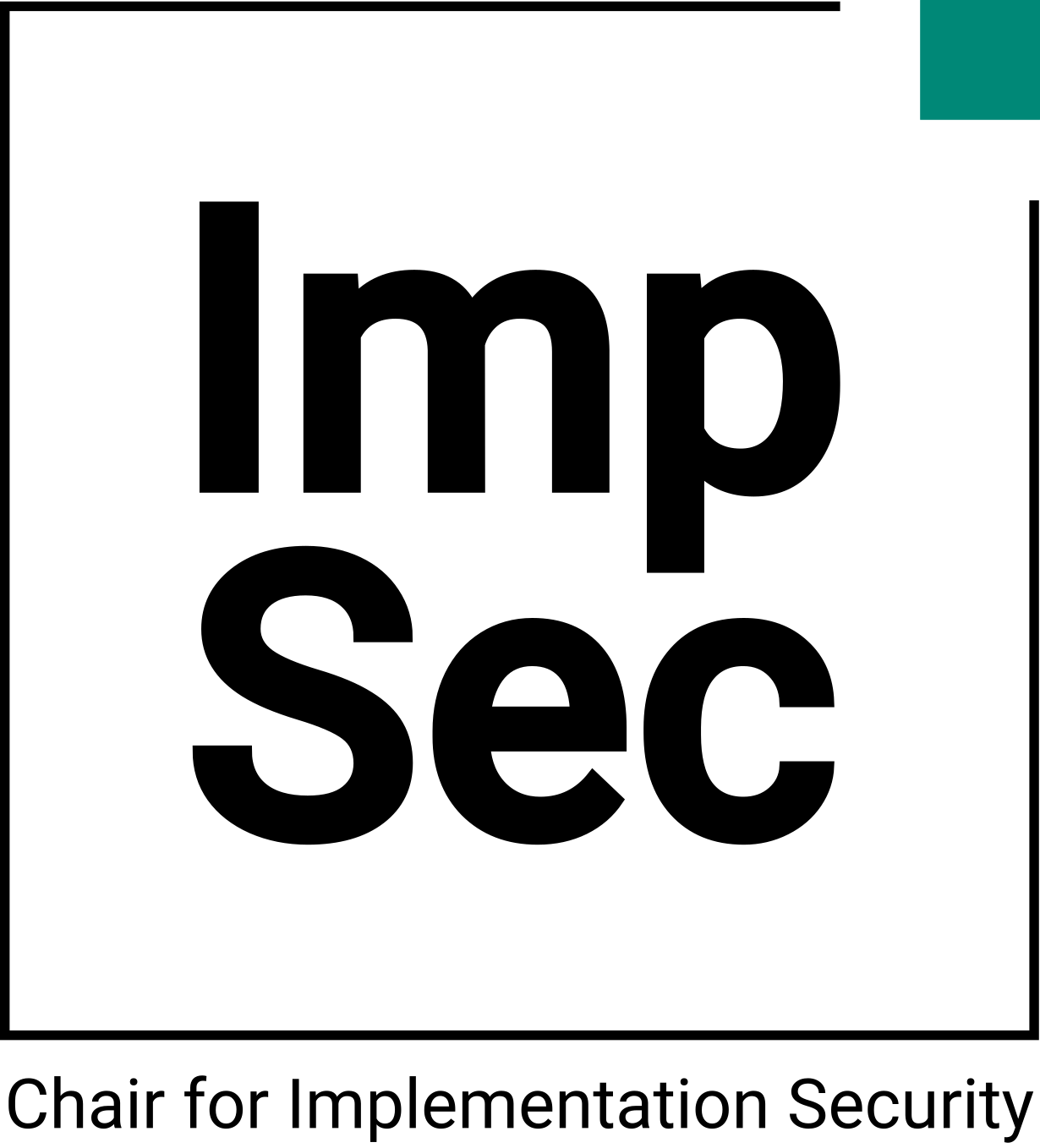Paper accepted at CHES 2025. “Fault Injection Evaluation with Statistical Analysis – How to Deal with Nearly Fabricated Large Circuits”
by Felix Uhle, Nicolai Müller, Amir Moradi
2025/07/21

A critical aspect of securing cryptographic hardware is their resistance to Fault Injection (FI) attacks, which involve the successful injection of faults into the system in operation. Specifically, a hardware design must be resilient to well-established fault injection techniques, including voltage or clock glitching, laser fault injections, and the more recently introduced Electromagnetic Fault Injection (EMFI). Ideally, the protection level must be verified before the chip is fabricated. Although initial efforts to verify the resistance of hardware designs against fault injection have been made, analyzing the security of practical designs with realistic gate counts under fault injections that affect multiple gates or the entire circuit state remains a significant challenge. This scenario, however, is considered more realistic than assessing resistance to a fixed, relatively small number of faults. In this work, we introduce FIESTA, a versatile automated framework for analyzing the resistance of hardware circuits under the general random fault model. By leveraging a non-exhaustive approach, FIESTA is capable of evaluating larger designs compared to state-of-the-art tools, while maintaining a reasonable level of confidence. FIESTA supports various adversary models, allowing customized resistance analysis against specific adversaries. In particular, we present a concrete procedure for evaluating more realistic precise adversaries, based on practical observations. Using FIESTA, we assessed the resistance of several (protected) Advanced Encryption Standard (AES) cores.


